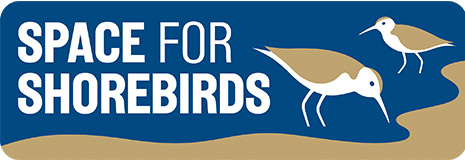Guidance
The coast is part of all of our memories of growing up, and is a part of working Northumbrian life and leisure that we all share in, but the nature and wildlife along our coast is in danger. By following simple guidance you can enjoy the coast while also protecting it’s wildlife.
Put simply the guidance that we ask you follow is:
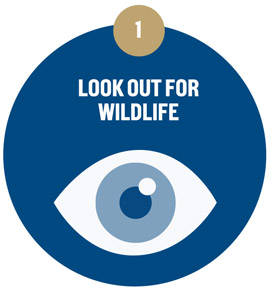
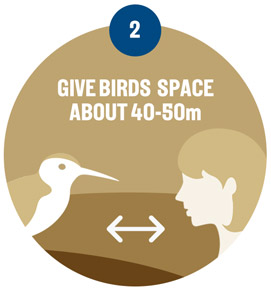
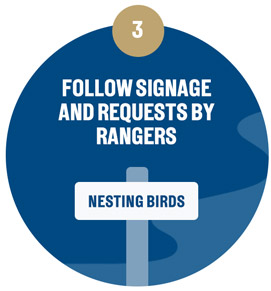
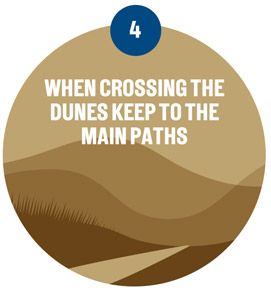
1 Look out for wildlife – the plants and birds we detail on these pages. Looking out for wildlife means you’ll see more and can enhance your enjoyment at the coast. We’d love you to share your wildlife sightings with us on social media and this will really help us in our work.
There are usually more shorebirds on areas of rocky shore and stinky mud and fewer in the areas of long sandy beach. So in general if you stay in those large sandy areas you reduce the risk of disturbing wildlife.
2 Please give the birds space – 40-50m is usually enough space to ensure that you don’t disturb them. If they fly off then you have got too close. If birds are repeatedly disturbed it means they are losing precious feeding time and wasting energy flying away. This can harm them and reduce their chances of survival, and ultimately will reduce their populations.
At high tide the shorebirds have very little space as their feeding grounds are covered by the rising water. They can’t feed at this time so they gather in high tide roosts on rocky headlands and man-made structures like piers or staithes. Please be extra careful to give Space for Shorebirds at high tide.
3 Follow the signage – from Space for Shorebirds, the National Trust and Natural England. The signage might be warning you that birds are nesting on the beach or telling you if you are entering an area where dogs should be on the lead.
Photo by Gavin Duthie
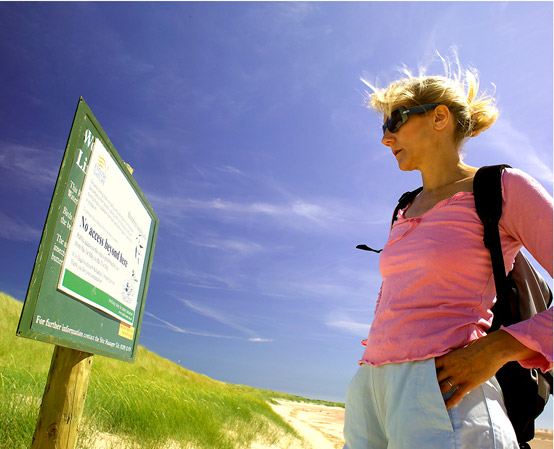
Photo by Gavin Duthie
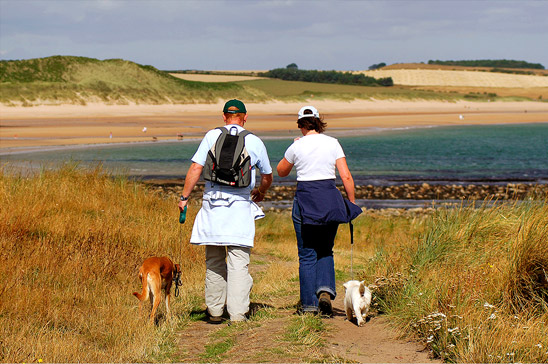
4 Keep to the main paths when crossing the dunes. If you’re on the sand dunes or crossing the dunes to get to the beach please keep to the formal paths. There is a good reason to do this; there is an invasive species of plant called pirri pirri bur and their seeds easily attach to clothes, shoe laces and particularly to dogs (see Dog Rangers page). If you stay on the formal paths there is less risk of you picking up the seeds and spreading them to the rest of the dunes, other beauty spots or your garden! If you visit Lindisfarne this is really important as it has colonised large areas of sand dunes, so please refer to on-site signage when visiting.
Check your clothes and your dog after walking through the dunes for pirri-pirri burrs. Take care to prise them from your clothing and your dog and put them into a rubbish bin.
Do stop to talk to the Wildlife Rangers when you see them, tell them about the wildlife you have seen today. If you have seen anything you need help to identify, a bird or plant, ask them, they will be pleased to help you. Even if they don’t know they will know someone who does!
For those of you that bring your dog to the coast please have a look at our Dog Ranger page. It has lots of helpful information and you can find out how to enter your dog for the chance to become our prestigious Dog Ranger of the month.
Photo by Tim Melling

